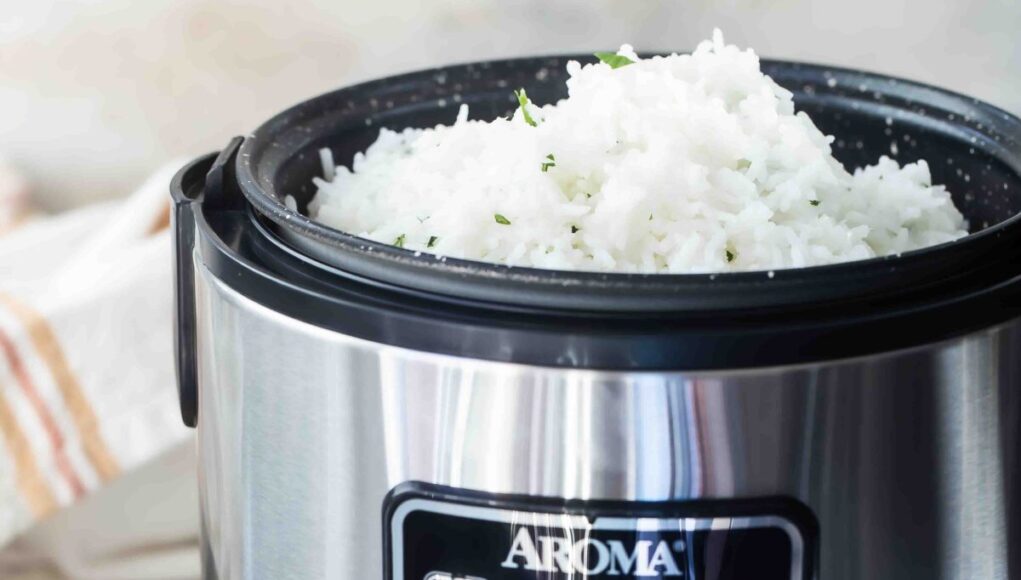For many, cooking rice can be a daunting task. The quest for perfectly fluffy rice often feels like an elusive dream. However, with a rice cooker, you can master the art of making flawlessly fluffy rice each time you cook. The magic of a rice cooker lies in its ability to simplify the process, ensuring that you achieve the desired texture and taste without the guesswork.

Understanding Your Rice Cooker
Before diving into techniques, it is crucial to understand how your rice cooker works. Each model can have specific settings or features that can influence the outcome. Start by reviewing the manual to familiarize yourself with your appliance. A good understanding of the functions, from the basic on/off switch to more advanced settings, sets the foundation for achieving fluffy rice.
Choosing the Right Type of Rice
The type of rice you select significantly affects the final texture. Long-grain rices like basmati or jasmine are typically best for achieving a fluffy consistency, whereas short-grain rice tends to be stickier. For those who prefer a softer texture, medium-grain rice could be an option. Be sure to consider the dish you’re preparing and personal preference when choosing your rice.
Importance of Rinsing Rice
Rinsing rice before cooking helps remove excess starch, which can cause the rice to become sticky. Rinse the rice under cold water until the water runs clear. This process ensures that the grains remain distinct and separate during cooking, contributing to the desired fluffiness.
Why Measuring is Key
Accurate water-to-rice ratios are crucial to prevent mushy or dry rice. Follow the measuring instructions for your specific rice cooker; the general rule is to use 1.5 to 2 cups of water per cup of rice. Adjustments might be needed based on rice type and personal preference.
Adding Flavor and Aroma
Instead of plain water, consider using broth or adding spices to the water for a richer flavor. Popular additions include a bay leaf, cardamom, or a touch of salt. This small enhancement can significantly elevate the taste profile of your dish.
Letting the Rice Rest
Once the cooking cycle is complete, allow the rice to rest for approximately 10 minutes before opening the lid. This period lets the steam finish cooking the rice gently and ensures that the moisture is evenly distributed, contributing to a fluffy texture.
Fluffing the Rice Properly
Use a fork to gently fluff the rice right before serving. This process separates the rice grains, ensuring a light and fluffy result. Avoid stirring too vigorously, which can make the rice mushy.
A Little Butter Goes a Long Way
For an extra layer of flavor and softness, you can add butter. You might wonder when to add butter in the rice cooker. Adding it after cooking allows it to melt evenly over the rice, enhancing the texture with creamy notes.

Troubleshooting Common Problems
Facing issues such as rice being undercooked or overcooked can be frustrating. For undercooked rice, add a small amount of water and allow the cooker to complete another cycle. Overcooked or mushy rice often results from excessive water; next time, reduce the water ratio and try adding oil or butter.
Easy Maintenance Tips
To ensure longevity and optimal results, regular maintenance of your rice cooker is essential. Learn how often to clean your rice cooker and recognize signs it could be time for more extensive care.
Health Benefits of Fluffy Rice
Properly cooked rice not only promises a delightful culinary experience but also offers numerous health benefits, fulfilling your dietary fiber requirements and providing essential nutrients.
FAQs
Do I need to soak rice before cooking?
Soaking rice is not always necessary but can reduce cooking time and improve texture for specific rice types such as basmati.
How can I prevent rice from sticking to the bottom?
Ensure proper water ratios and rinsing; consider a light coat of oil or cooking spray on the cookers inner pot.
What extras can be cooked alongside rice?
You can learn how to steam vegetables or meats in your rice cooker to enhance the meal and save time.
For more detailed rice cooking advice, check out Tiger’s rice cooking guide or if you’re curious about other culinary adventures, learn to take care of your rice cooker for optimal longevity.
This article contains affiliate links. We may earn a commission at no extra cost to you.










